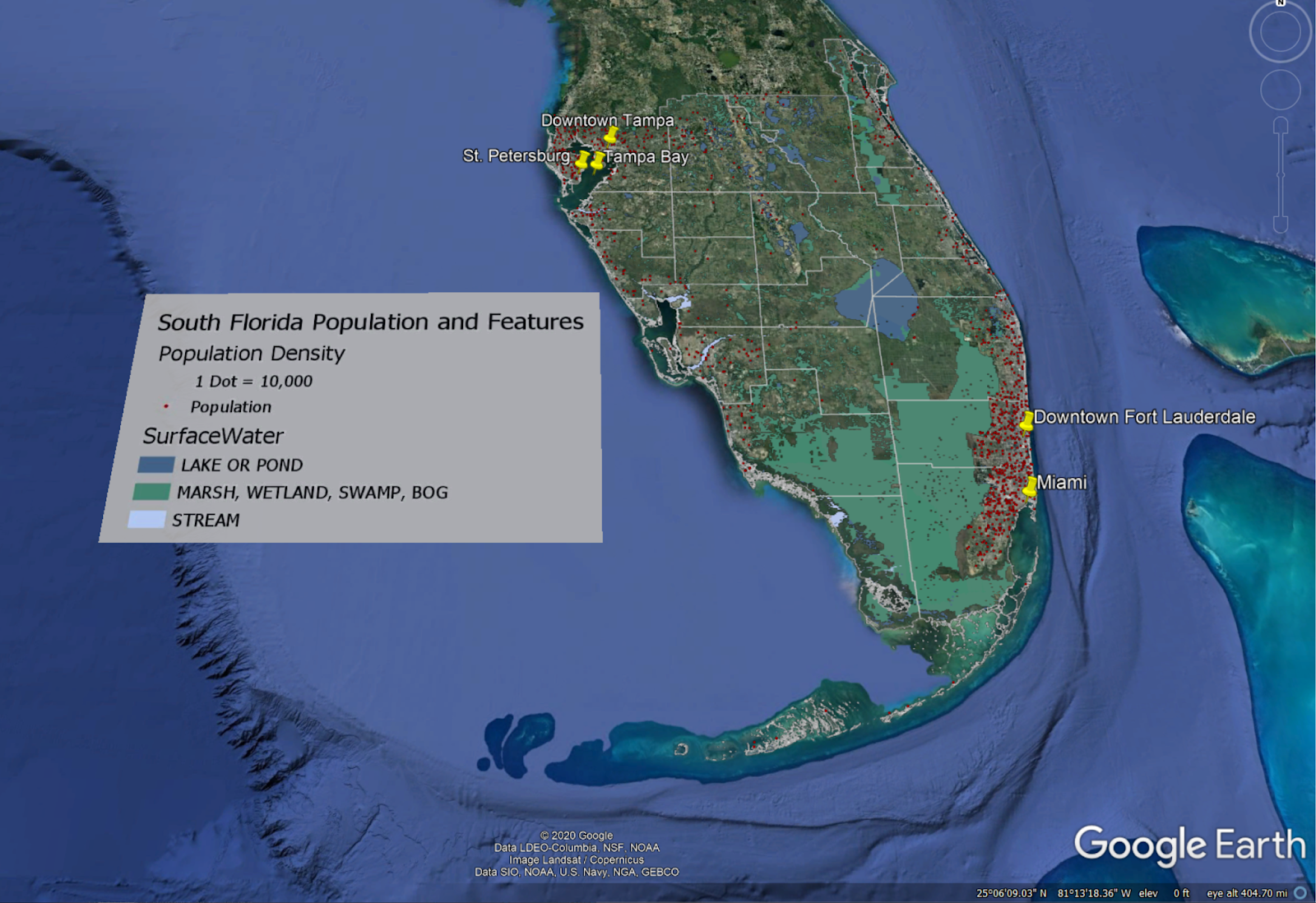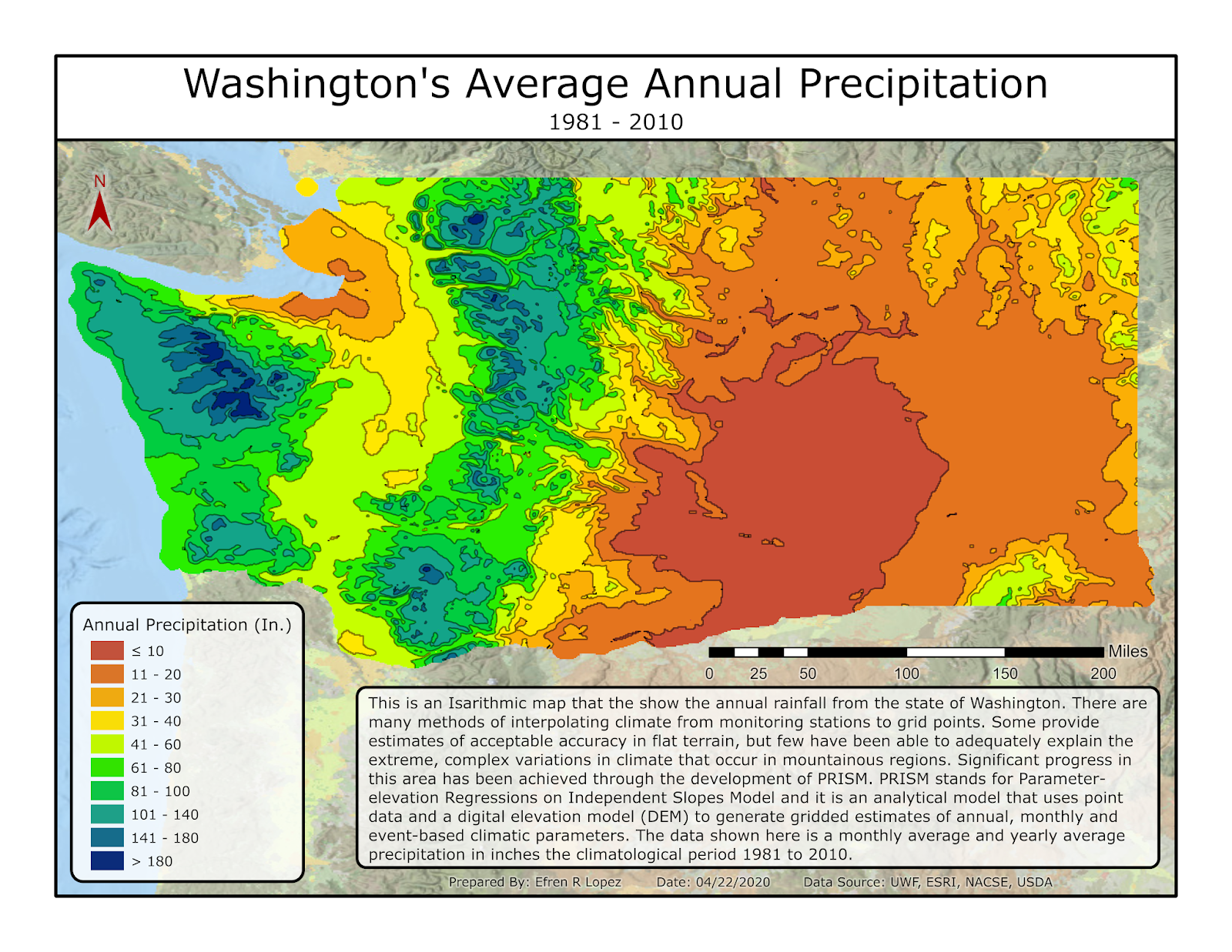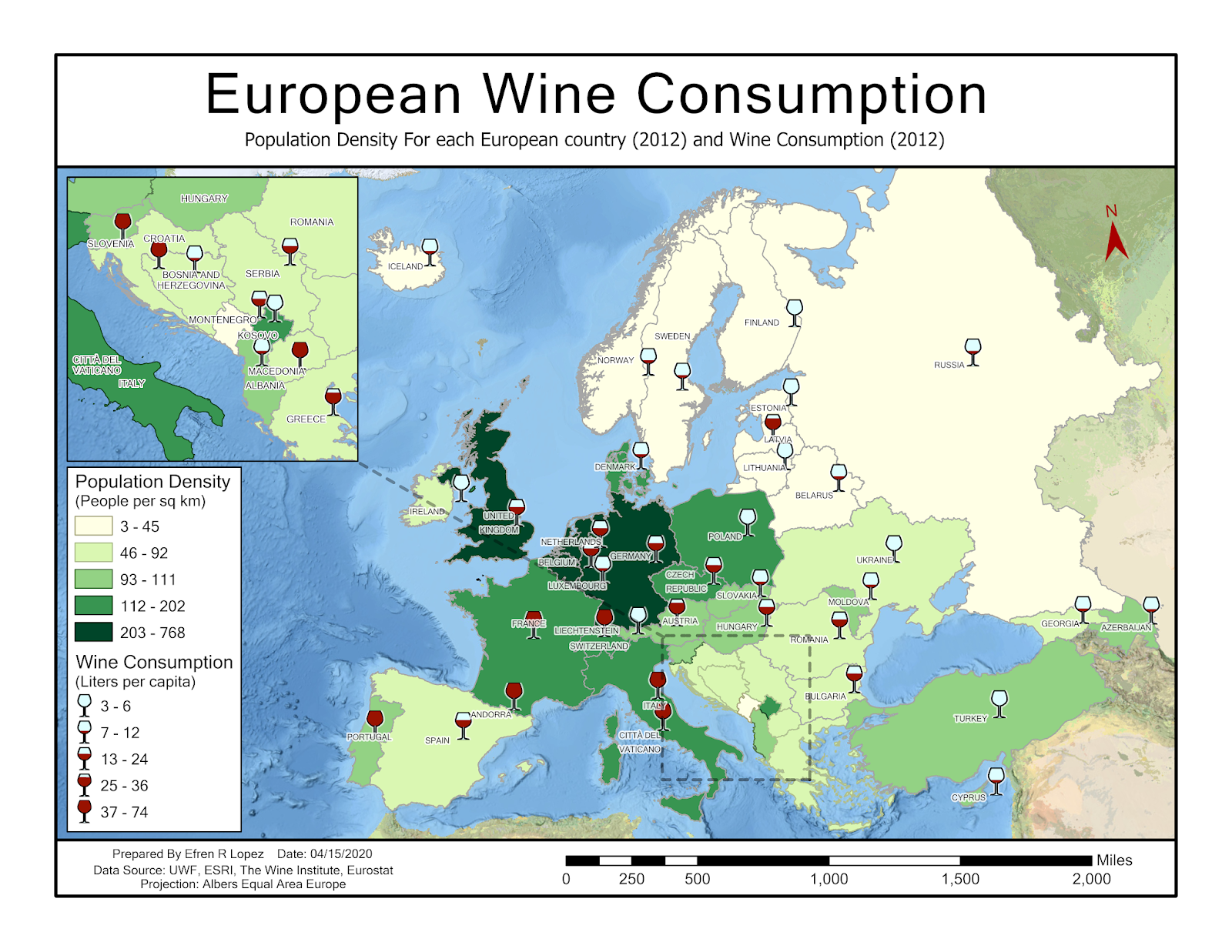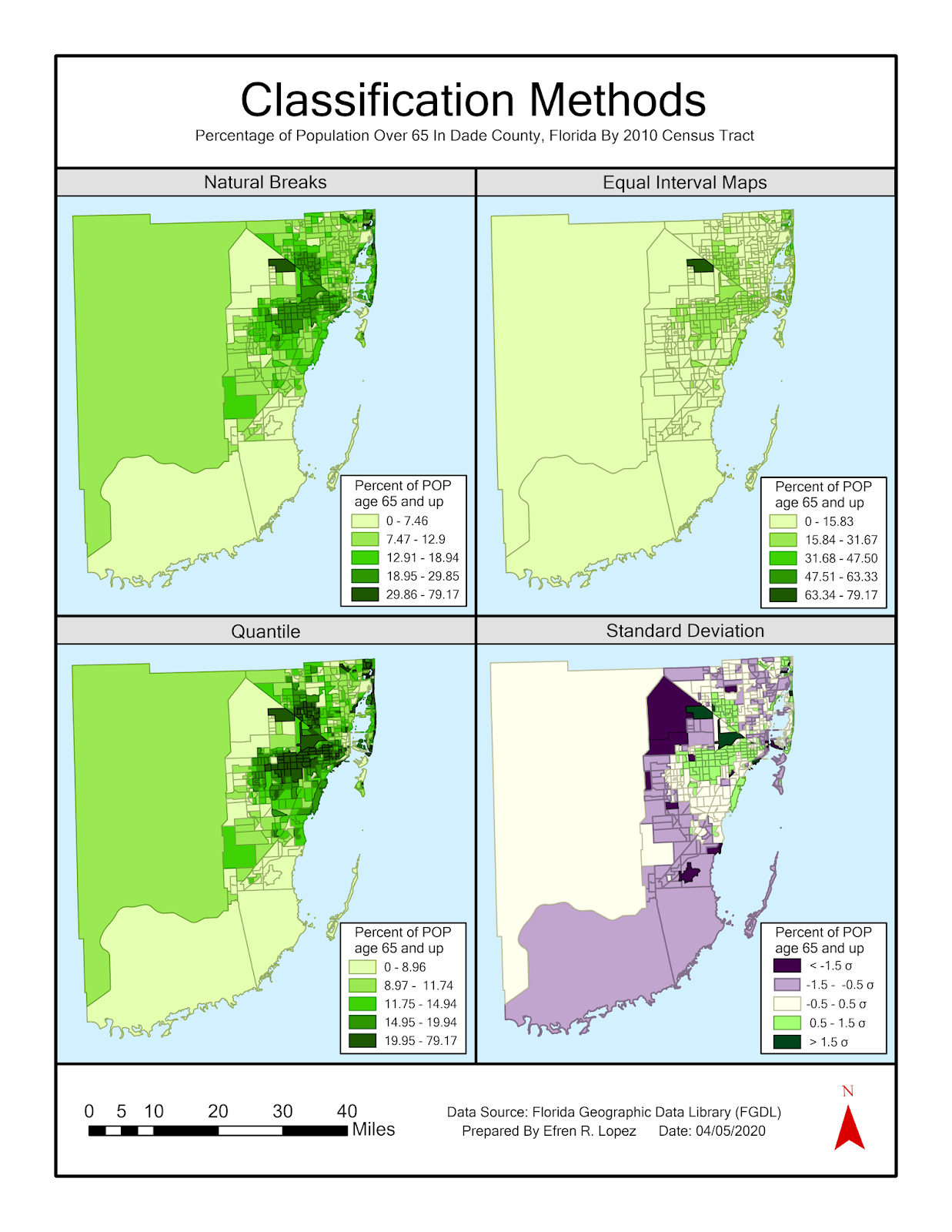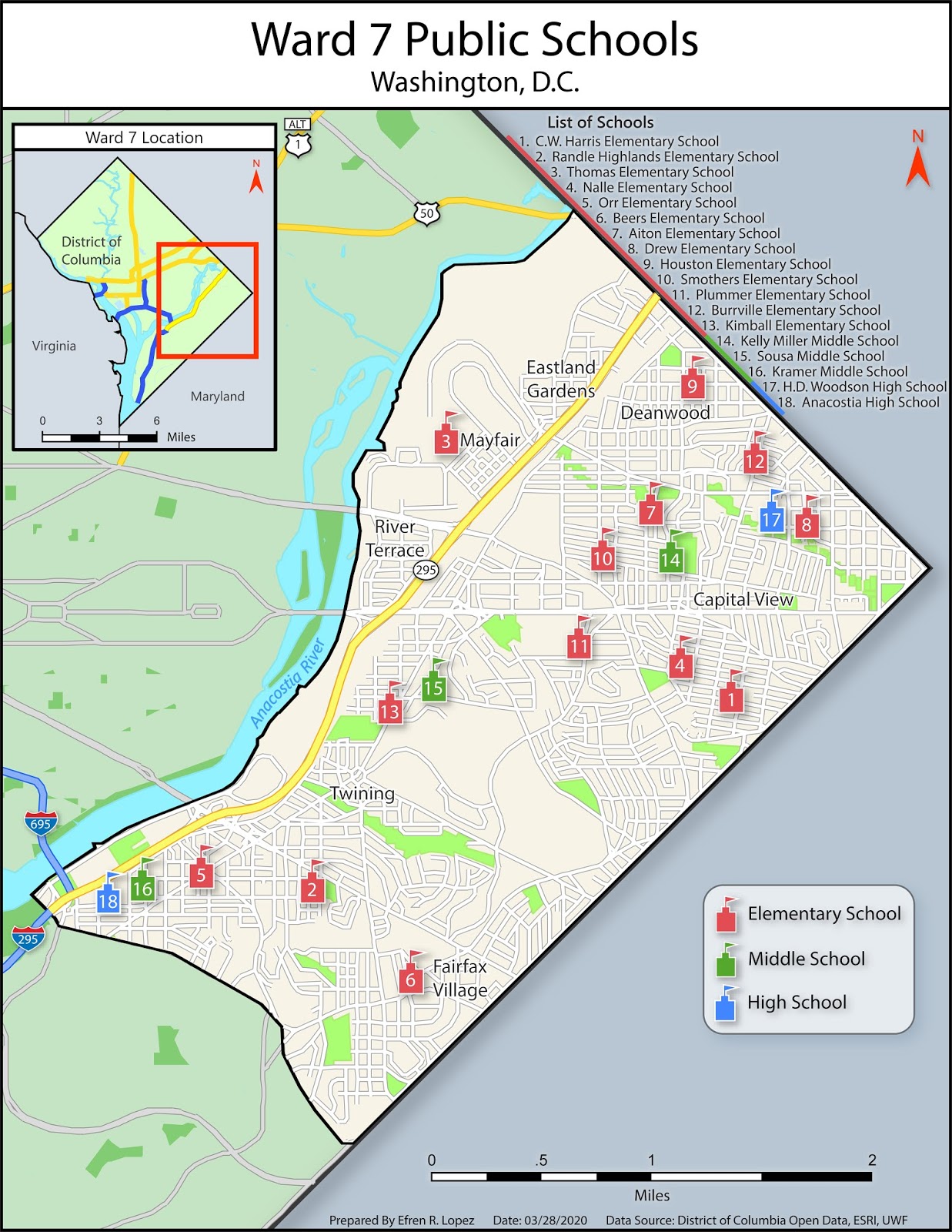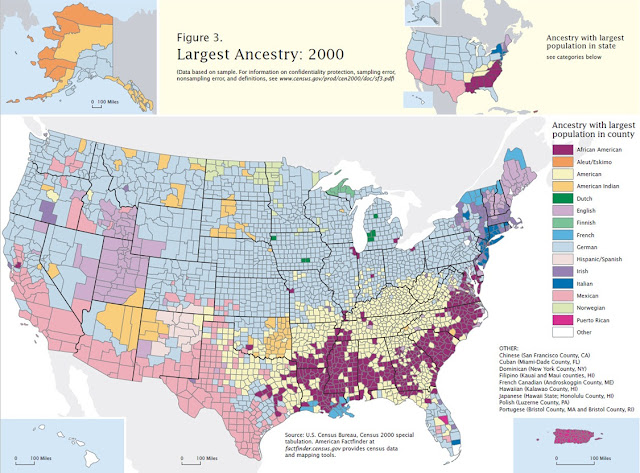About me
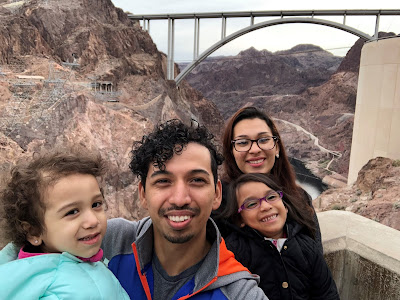
Hello there my name is Efren Lopez, I am 28 years young. I have a beautiful wife and three kids. I love to travel to National landmarks with my family. My favorite trip has been to the Grand Canyon and during that visit we also checked out, Meteor Crater and the Hoover Dam. Taking trips to these landmarks motivated me to one day be a part of the team who work to protect and maintain the landmarks. During these trips I handled so many maps that I could have became a tour guide. That when I found out I like maps, and historical land marks. I want to be able to help protect lands and wildlife, and with the help of GIS I can open the door to many more opportunities. This is the reason I joined to help me land a job in the local government at the parks and natural resources department. I have to start small, I want to work for the National Park Service. I hope to learn the basics and proper techniques of GIS upon my completion. I recently graduated with my Associates of Arts and got ac
